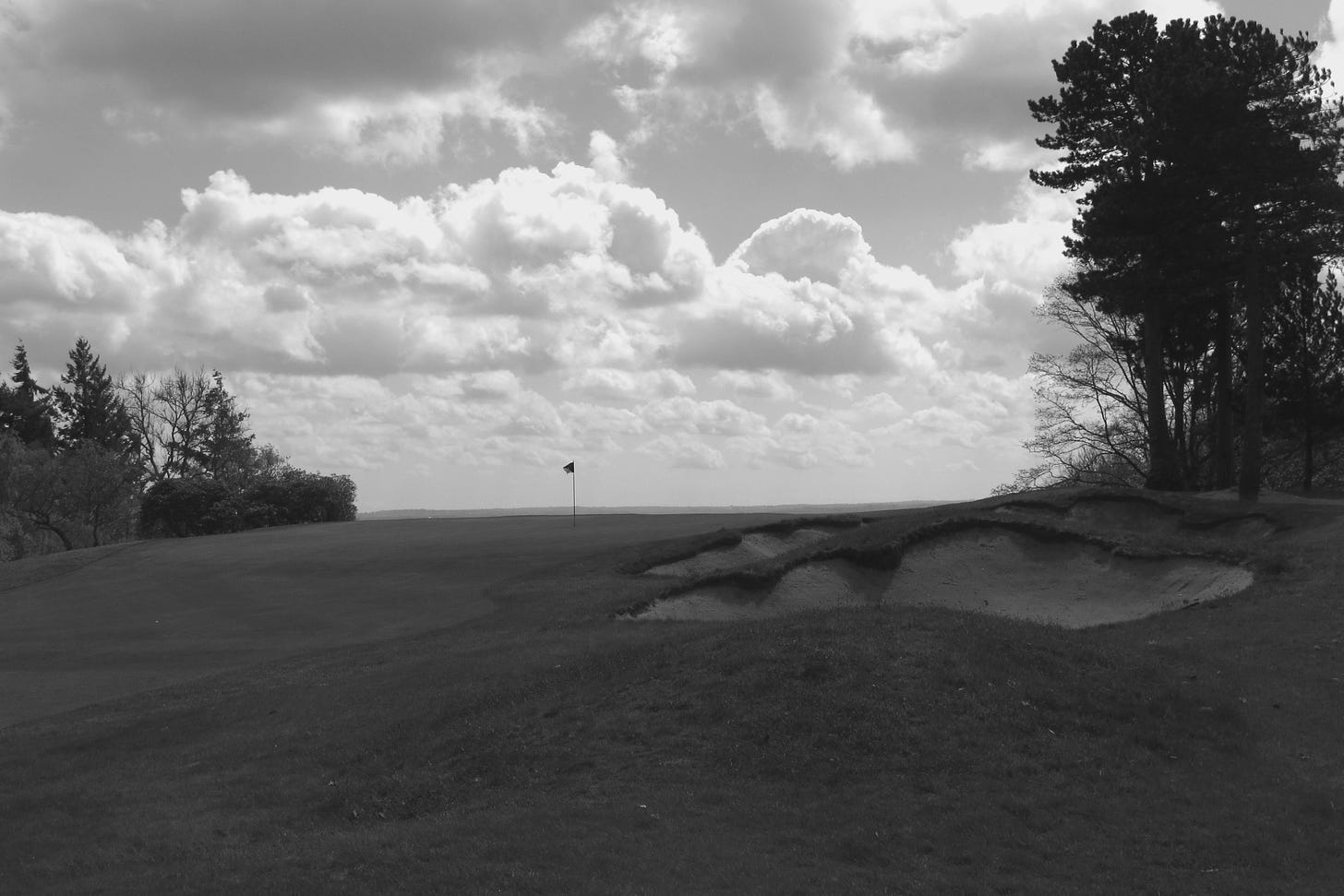The first golf played across the rolling fields of Tandridge Park was in June 1924, ahead of the grand opening that October. Frustrated by the prohibition of Sunday golf on the heath at nearly Limpsfield Chart, a small group led by Sir Henry Gibson hatched a plan for an eighteen hole co…
© 2025 Richard Pennell
Substack is the home for great culture





